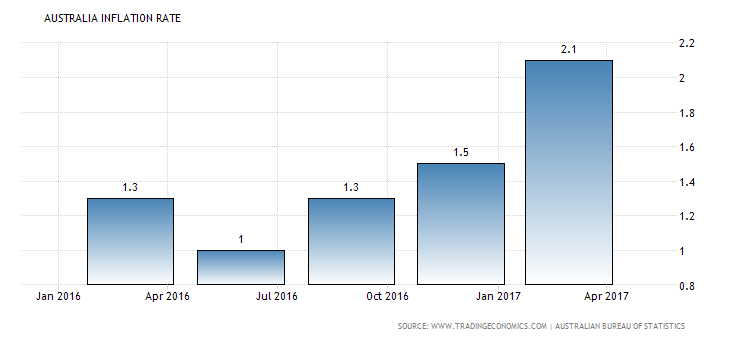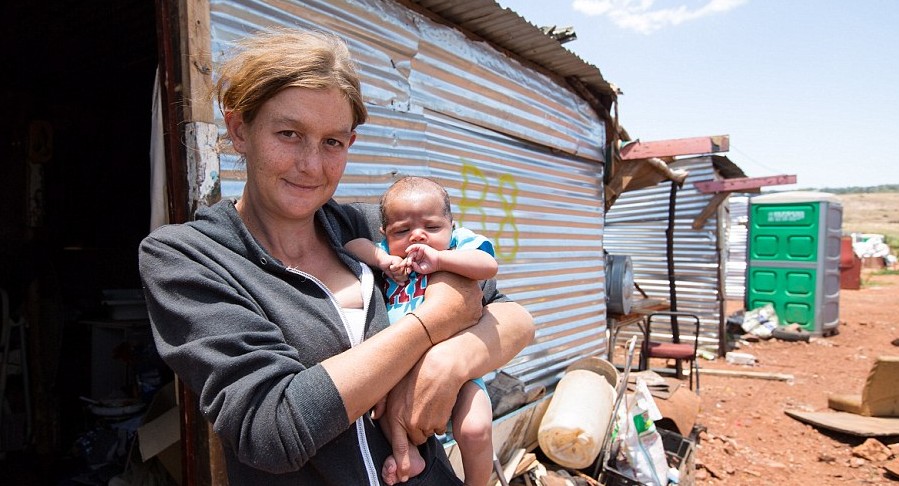Property — A Pyramid Scheme?
The banking system works by creating loans out of thin air. Sir Josiah Stamp, President of the Bank of England in the 1920s, and the second richest man in Britain at the time, said:
“The modern banking system manufactures money out of nothing. The process is perhaps the most astounding piece of sleight of hand that was ever invented.“
This brilliant deception — creating money out of thin air — has allowed the bankers to run governments and consolidate financial control over populations, capturing them in debt.
This loaning money into creation is fueling asset prices.
Why not loan millions of dollars at almost no interest (if your are a “preferential” customer) and BUY BUY BUY.
I mean — Sydney house prices soared 52.6 % over the past three years, with Melbourne not far behind.
Property Prices
I was chatting to Greg Buck on Sunday night about the housing “bubble” and what lies ahead. I am hoping to do another video with him soon, but he was essentially saying — there are only two options:
- The present banking and monetary system falters due to loss of confidence somewhere in the Western world — and the pack of cards collapses — bringing the price of assets down, or
- The status quo is propped up to allow prices to keep rising. With interest rates so low, this encourages big borrowings — so housing debt will grow. The only way for this system to keep going, is to keep interests rates low and inflation as HIGH as possible. This means that those with debt will be able to pay off that debt — in the future — as the debt becomes less over time as a result of future inflation.
For those upper and middle classes that have assets — or passing their assets on, this seems a fine system. A house bought 20 or 30 years ago for, say, $100,000 — is now sold for $2 million. Or an investor purchasing 20 properties, with a loan from the bank, will most likely be tens of millions richer in a few years time, when he flips the properties.
But as Dr Richard Day said on Financial Control:
“One statement was, “Inflation is infinite. You can put an infinite number of zeros after any number and put the decimals points wherever you want”, as an indication that inflation is a tool of the controllers. Money would become predominately credit.”
It seems that to keep Australia afloat and functioning two things have to happen:
- Keep asset (property) prices rising.
- High inflation (to maintain debt confidence)
But for those NOT in the asset-game — it is really game over.
Why?
Salaries vs Inflation
For starters, salaries are just not keeping up with inflation.
The Business Insider, in a report, “Australian wages aren’t keeping up with inflation” claim that for employees – both full and part-time – average total weekly earnings increased by 1.3% (to $1,136.60).

But, in calculating Australia’s inflation rate, only 7 per cent of total spending by households is attributed to rent. One senior economist noted that ″Australia’s main official cost of living measure, the consumer price index, is failing young Australians by excluding home purchase costs.”
Many renters are paying 30 – 40% of their salary in keeping a roof over their heads. In fact, the Conversation reports today, that over 150,000 tenants pay more than 50% of their incomes for housing.
And the full-time jobs just aren’t there anymore for the younger generations. And what about future automation?
There are several others factors such as negative gearing and foreign buyers that raise the demand and price of property, but there is also…
Money Laundering
The real estate market has long provided a way for individuals to secretly launder or invest stolen money and other illicitly gained funds…In a zerohedge report entitled “Australia Has The World’s Worst Money-Laundering Property Market”, Tyler Durden writes:
” According to the Financial Action Task Force (FATF), real estate accounted for up to 30 per cent of criminal assets confiscated worldwide between 2011 and 2013… many such cases, property is purchased through anonymous shell companies or trusts without undergoing proper due diligence by the professionals involved in the deal.”
And even though China is trying to stop money leaving it’s shores,
“70 per cent of Chinese buyers pay in cash and they represent the largest proportion of foreign purchases in the country.”
And so, Australia’s rental market is virtually unaffordable for those on low incomes or government welfare.
Rental Poverty Trap
In an Anglicare Australia survey based on 67,000 properties, the Guardian reported of the affordability of rental properties, and that:
2.83% were affordable for someone on minimum wage,
2% of rentals were affordable for single households receiving government welfare,
0.87% were affordable for single people on a disability pension, and
0.35% for a single parent on Newstart with one child over eight.
For students and the youth, the statistics are dire.
So what happens? People are forced to live beyond their means because of high asset prices.
Let me state from the outset, I am definitely no financial boffin. These are some merely observations from an immigrant that has been unable to buy into the property game.
In the Australian they write about how many will never have the Australian dream.
“…soon, fewer than 50 per cent will own a home.”
So for renters — soon 50% of Australians — the problem is going to get worse each year, as the price of assets (housing) keep increasing. In an article in the Conversation entitled, “Why 100 years without slum housing in Australia is coming to an end” they suggest, “A million Australians on the housing brink.”
Rent Bidding Apps
And now the odds might be stacked against them as rent bidding apps make the future rental market even more unaffordable.
A new series of apps will pit renter against renter.
Welcome to the brave new world.
Live to Work
I met with a Customer Relationship Manager at my local bank the other day. We landed up discussing the price of housing. Though she was born in Australia, she had lived in Lebanon for some of her life. She looked at me and said that she longed for the life her relations live in Lebanon. There, she said,
“They work to live. Here, we live to work — to pay the rent or mortgage.”
 South African squatter home
South African squatter home
Aussie “Camps”
I have written before (in a satirical article) about Bantustans — areas set aside for low cost, squatter homes.
“A two class system would provide an ideal future Australia. While we maintain the high standards of living for society’s crust and keep the asset bubble bubbling – the bottom feeders could retain their dignity by being free of rent, and “owning” their own home too. In fact I’ve done a quick scrap check – the average tin shanty would only cost about about $7,000 to 10,000 to build.”






























By Dee McLachlan
Is it just me — or is there something amiss about the booming property market in Australia?
I was originally inspired to write this article when Nemisis made a comment on Gumshoe, on April 25, 2017. On the European arrival to Australia, he wrote in part:
“The original inhabitants of this land prior to white settlement, considered themselves as custodians only of the land that they dwelt on. There was no concept of ownership…
I replied (a brief extract):
“The “concept of ownership” allowed the present inhabitants of Australia to take over the land… but that very concept will be the demise for our great grandchildren.”
“Seeing as Australians put such a focus on property prices and ownership… the migration to privatization continues, as Oz continues to “sell up”… In another hundred years my guess is that Australia will be (like) a private corporation — run by a handful of people (once foreigners)… The take over of Australia will have been complete.”
“Everything Is In Place.”
On March 20, 1969 Dr Richard Day gave a lecture to a meeting of the Pittsburgh Paediatric Society — and these extracts were recorded by Dr. Lawrence Dunegan in 1991. This is what he recalled about home ownership:
“Privately owned housing would become a thing of the past. The cost of housing and financing housing would gradually be made so high that most people couldn’t afford it. People who already owned their houses would be allowed to keep them but as years go by it would be more and more difficult for young people to buy a house. Young people would more and more become renters, particularly in apartments or condominiums.”
Day was wrong when it comes property in Detroit (median home is US$39,100) — but welcome to Australia.